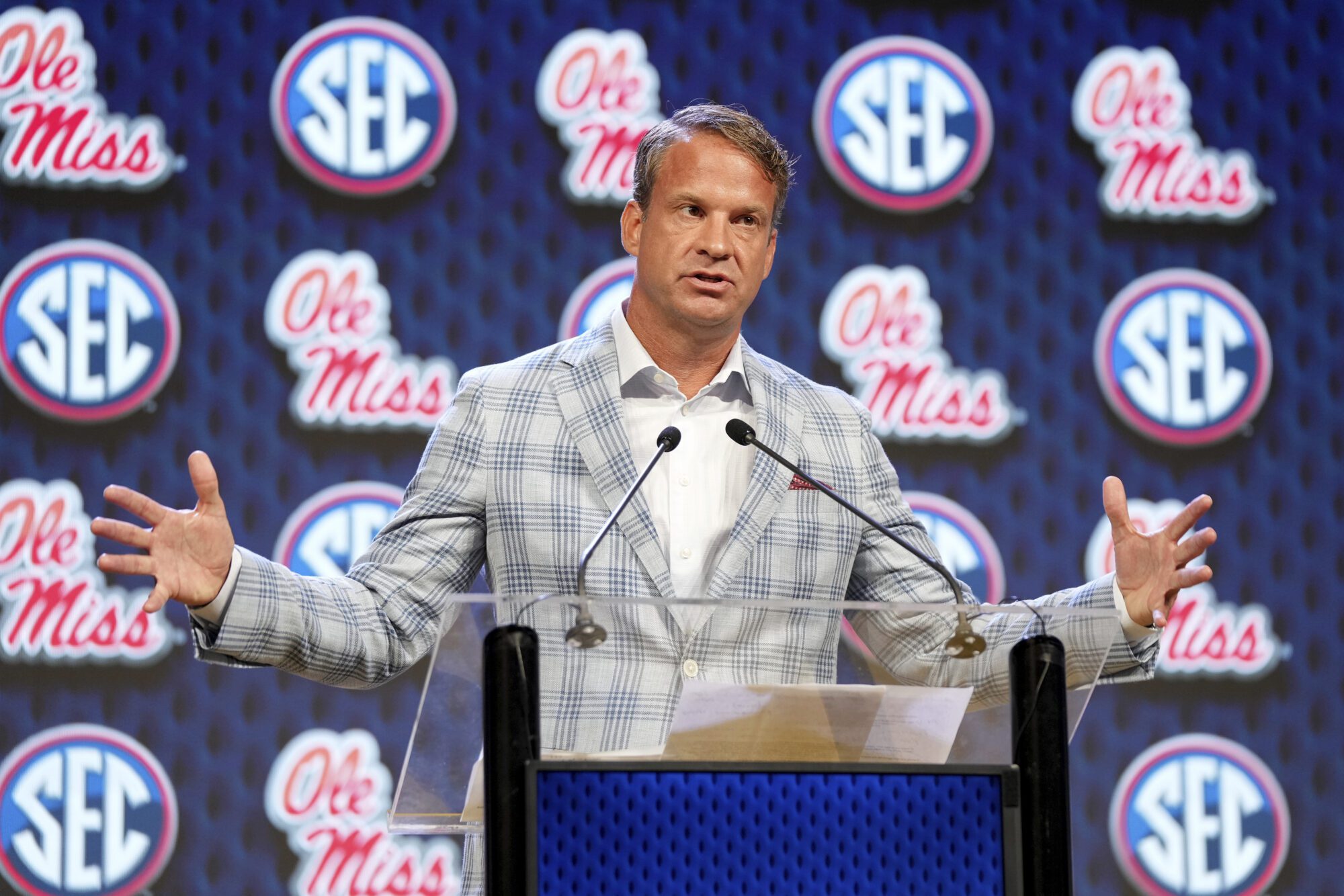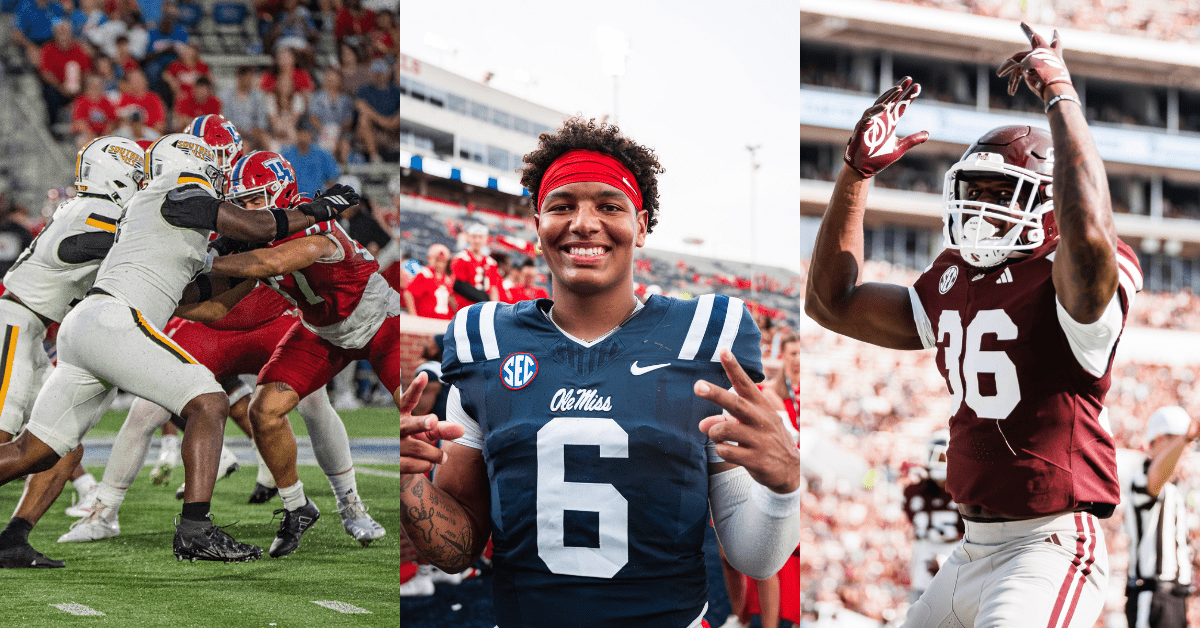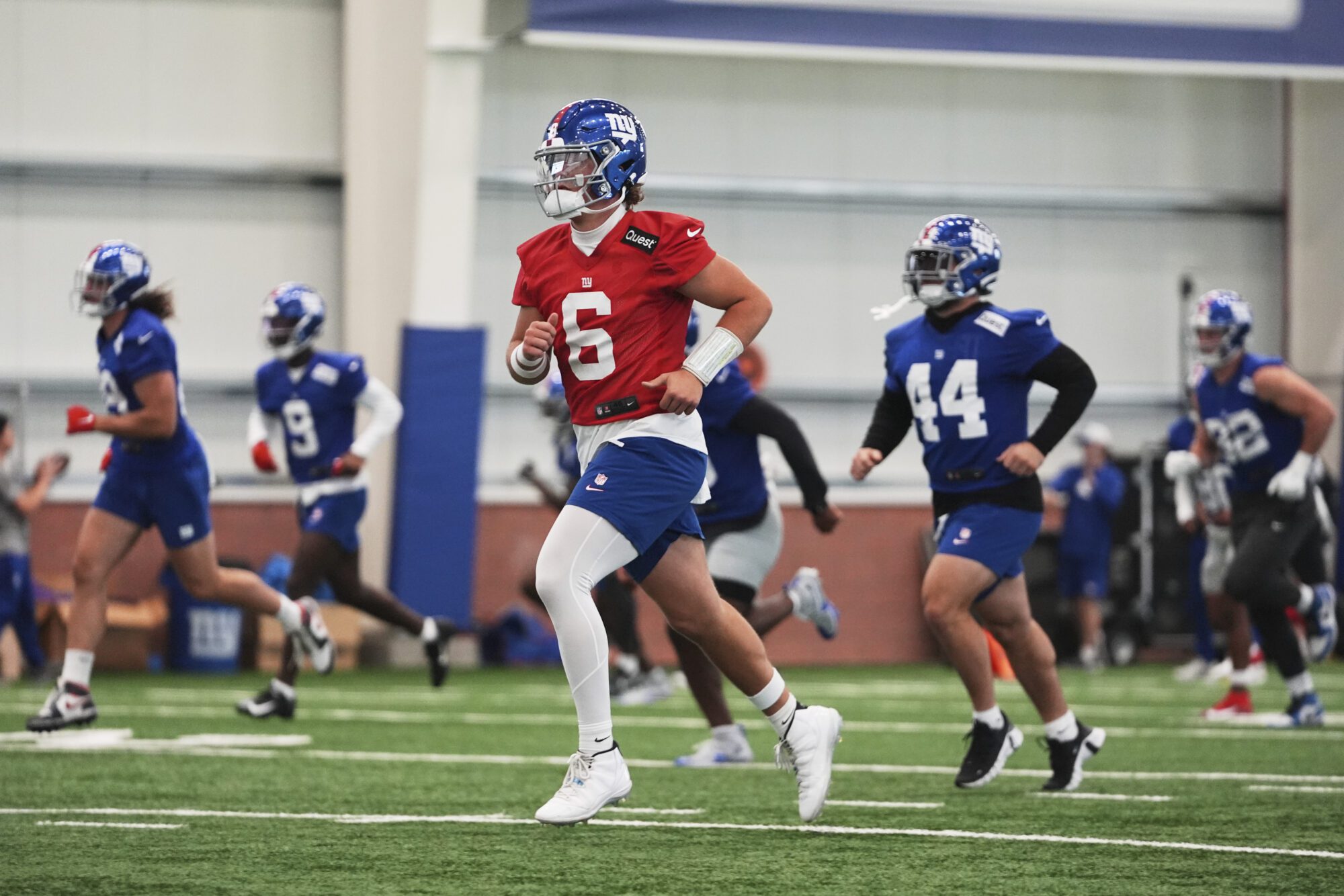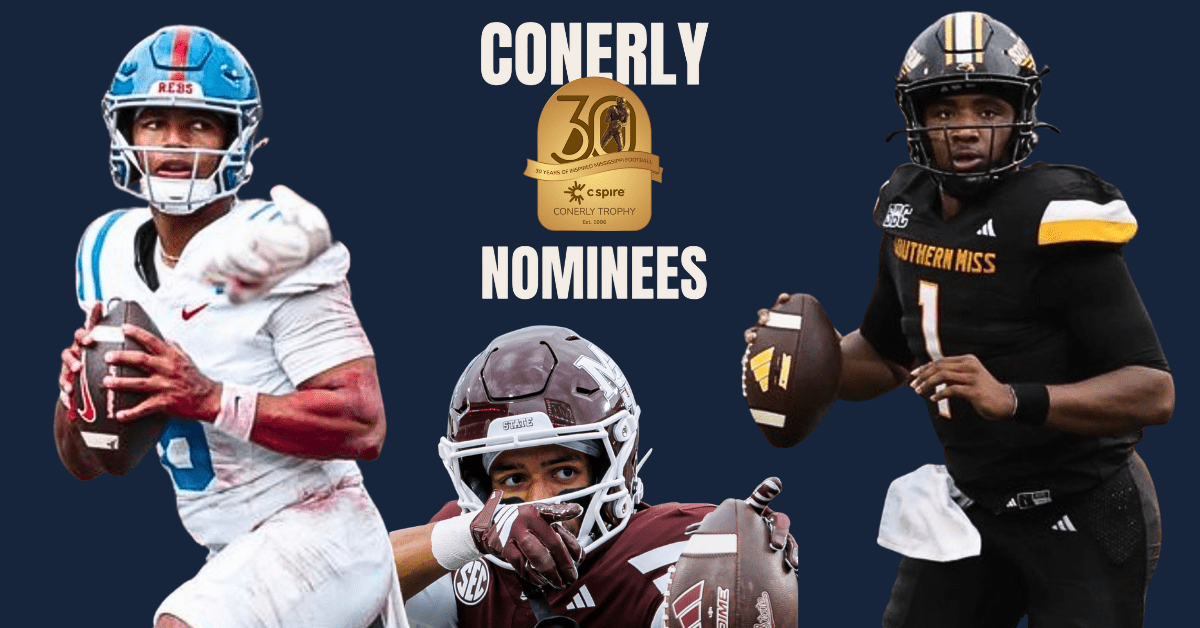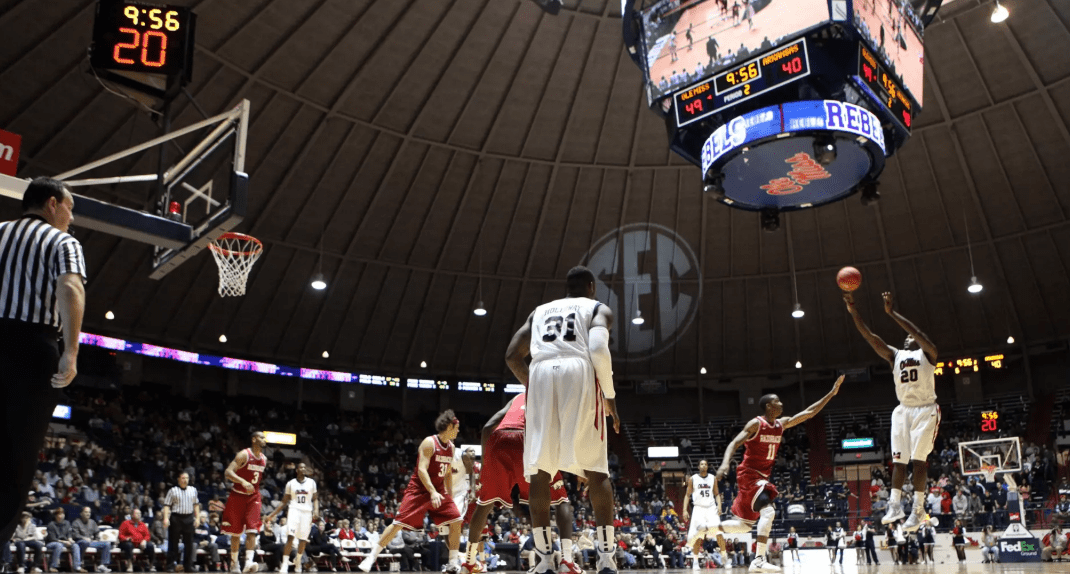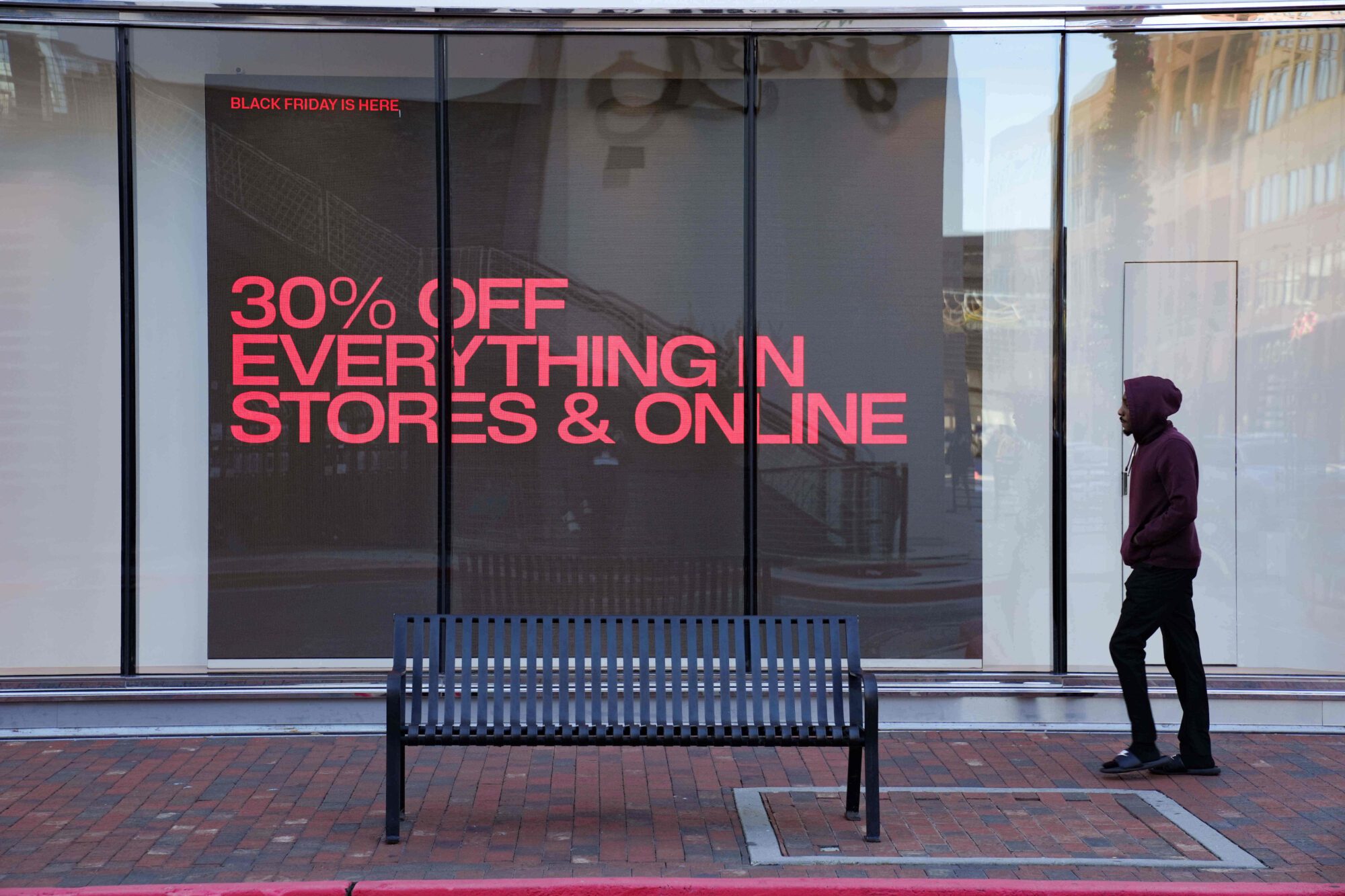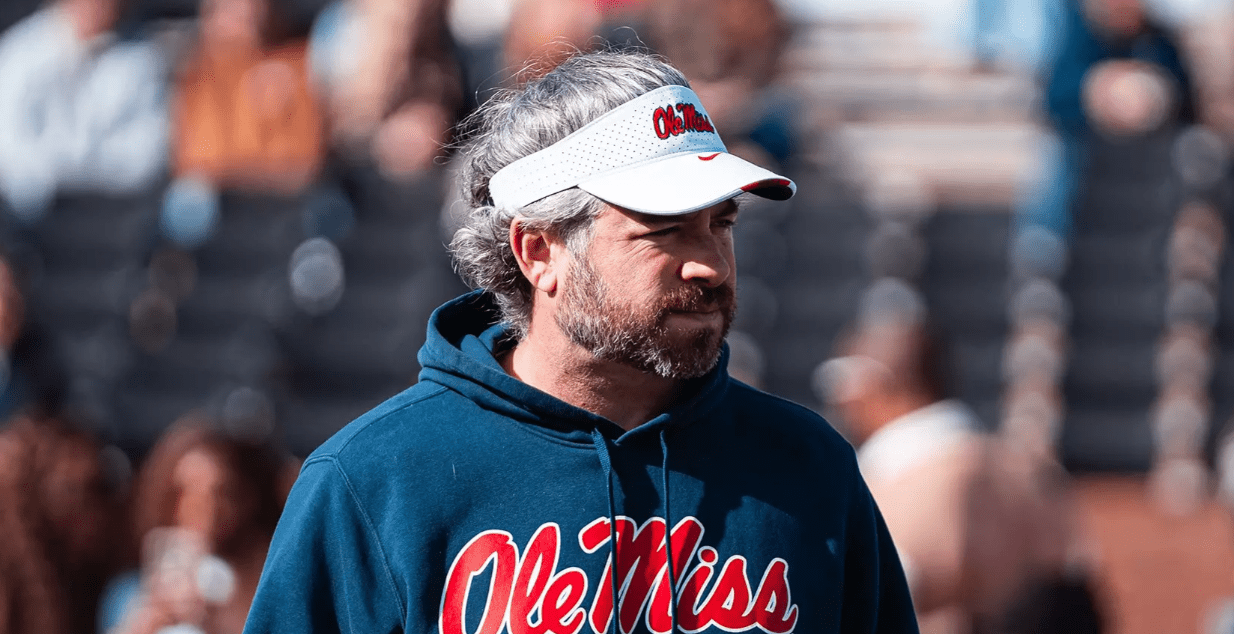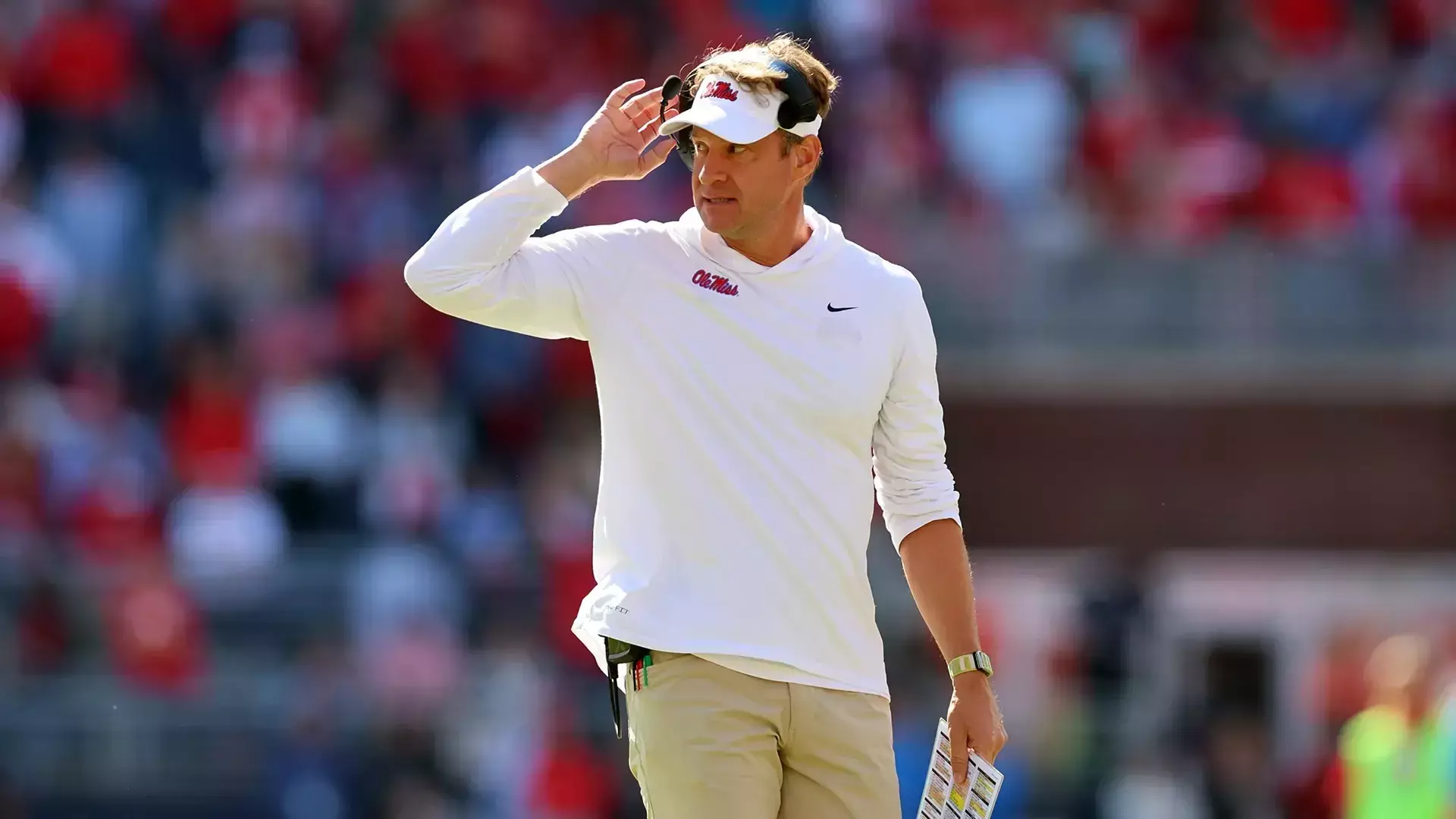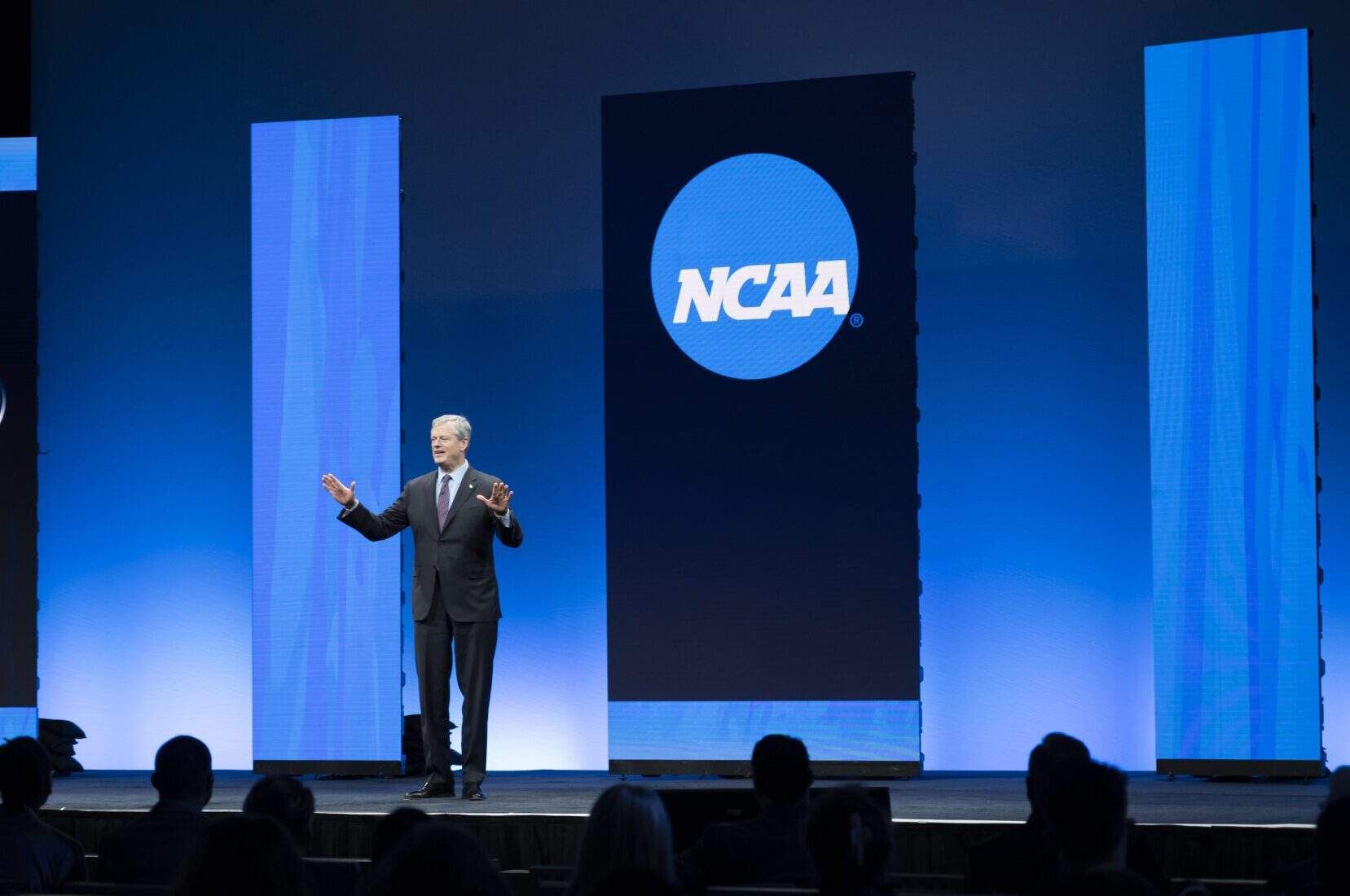
Incoming NCAA president Charlie Baker speaks during the NCAA Convention, Thursday, Jan. 12, 2023, in San Antonio. (AP Photo/Darren Abate)
- Though the settlement will cost the school’s millions, Ole Miss AD Keith Carter thinks it might also settle things down a bit.
College football starts in August, and I’ll watch it. Lots of it.
I’m geeky that way.
I know what Week Zero means, and I’m a participant.
I watch meaningless bowl games and FCS playoffs. I watch Conference USA for crying out loud.
I will continue to watch college football even though the game I love is changing.
Change is here, and the old days aren’t coming back. We will never pass that way again, as the song says. With the coming of the House settlement it’s about to change even more.
Lots of people say the changes – mostly Name, Image and Likeness contracts and the NCAA Transfer Portal — are ruining college football. Well, they’re not helping.
The question may not be whether players needed to be paid but how they needed to be paid, and a bigger payoff shouldn’t be an enticement to jump from one school to another at the end of each season.
But that’s what you get when there are no rules. NFL players may change teams multiple times in a career but not every season.
College players, the scholarship ones, have always been paid. The difference now is the currency.
For years it was tuition, housing and food. Payment evolved to include more food, better food, locker room amenities and access to a first-rate training staff plus tutors to help you along the journey to an undergraduate degree.
The same services are not available to a school’s general student population without credit cards being swiped.
Maybe that sounds a little unfair, but the athletes produce a product for the university that the general population does not. And there’s great demand for this product. Demand for the product grew, and so much cash was produced that it seemed unfair for college brass and the NCAA to hoard it.
Surely the players, in spite of the currency they’d received for years, were due some of that cash.
Personally, my wife and I have written higher education checks for two kids. You’re discretionary income takes a big hit.
For that and other reasons I value a college education. I find it important. It matters to me.
For years an all-expenses paid degree – and a lifetime’s worth of helpful alumni contacts – was a worthy trade for the services of college athletes.
It’s like this
Then two problems arose.
A generation of athletes arrived that needed NCAA participation – a means to an end before professional sports – but the athletes didn’t value the currency.
Then the appeal of college football continued to grow.
The SEC paid an average of $52.5 million to its full members for the 2023-2024 fiscal year.
It’s hard to say the value of a college degree continued to match the value of the services being provided.
Now the $2.8 billion House settlement will allow schools to directly pay athletes moving ahead while the NCAA offers backpay. Athletes going back to 2016 are eligible, compensating them for lost NIL opportunities.
The gap between the haves and the have-littles seems desinted to expand.
Schools will have a spending limit of $20.5 million to pay players. The entire athleties department budget at Southern Mississippi in 2024 was $29 million.
“We will not be bumping against that ($20.5 million) number,” Southern Miss athletics director Jeremy McClain told The Pine Belt News. “I think most programs outside of the top 40 or 50 are not going to bump into that number. I think people are going to have to pick where they invest, and we’re going to be the same way.”
Ole Miss and Mississippi State have indicated their willingness to distribute all of the allowed $20.5 million.
That figure is likely just an introductory special.
There will be legal challenges to come, pressure applied in what vocalist B.J. Thomas might call another somebody done somebody wrong song.
Though the settlement will cost the school’s millions, Ole Miss AD Keith Carter thinks it might also settle things down a bit.
“We look forward to embracing a new model in college athletics and finding some much-needed stability,” Carter said in a school news release.
Will there be stability or new problems?
Will the “school check” be the same amount for every athlete with the stars left to pursue a bigger payday through their own NIL contracts?
Those NIL contracts, by the way, are now regulated and must be approved ay a clearinghouse as part of the House settlement.
Does this open the door for the Ole Miss left tackle to sit out in August because he’s not receiving as much as the left tackle at other league schools where offenses and quarterbacks might have been less productive?
Proceed with caution
For years, college athletics was nothing but stable … unchanging even if its income drivers – the athletes – were unhappy with the system.
Now change, more of it, is here.
People can complain about change, but the question they have to ask themselves is do they hate the change enough to turn loose of the product?
The money produced by college football says no. The television ratings and annual payouts to teams in the Big 10 and SEC say the product is still in demand.
For now, I’m still watching.
The product is still good, but people need to understand that players aren’t motivated by the school names on their jerseys, three or four years worth of shared struggles with the same teammates or the colors of fall on campus.
Consumers, perhaps unhappy with change, need to decide how important those traditional values are to them.
